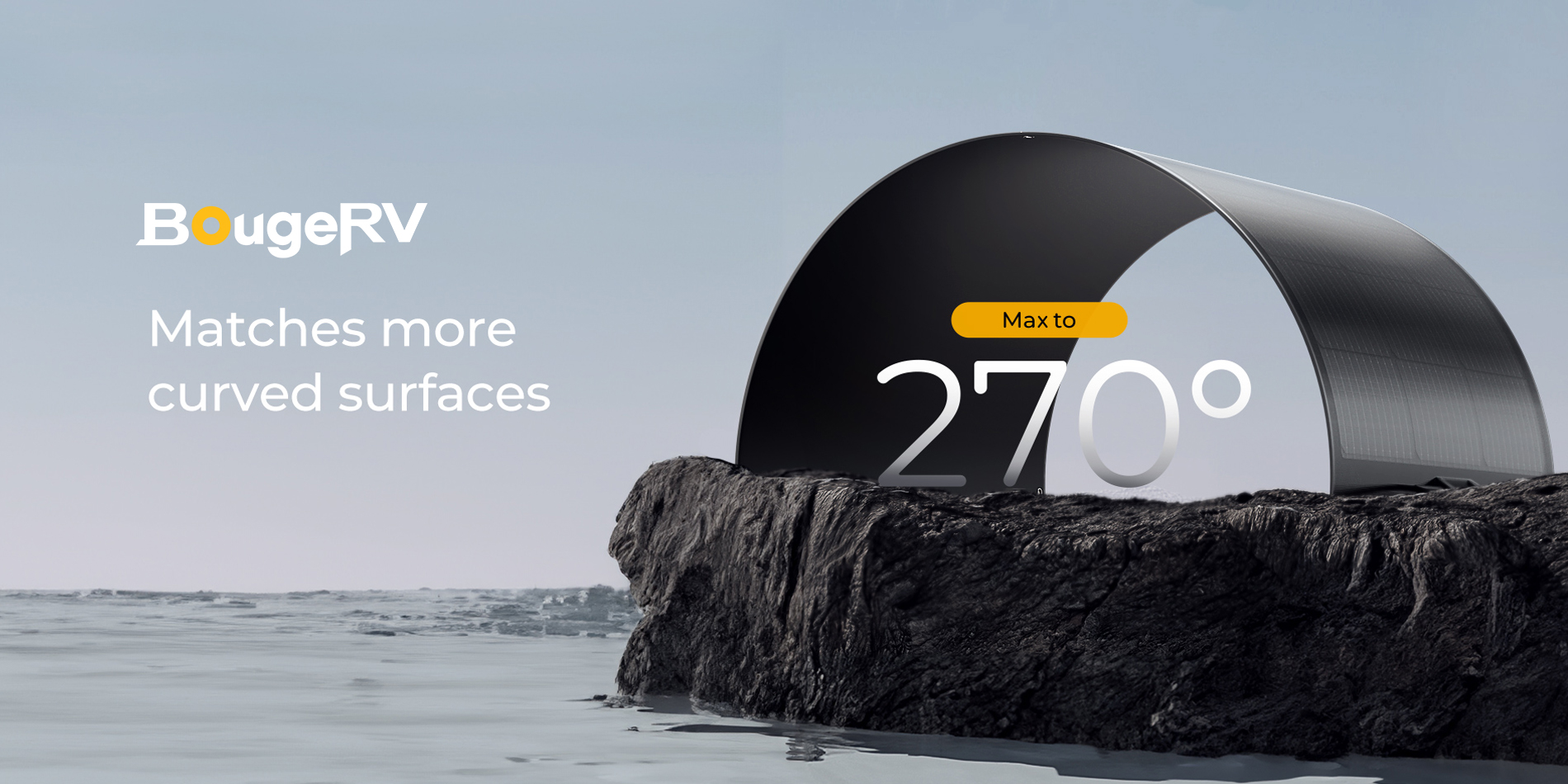Renewable energy is rapidly becoming an essential part of our global energy solution. Among the various technologies, CIGS (Copper Indium Gallium Selenide) flexible solar panels have emerged as a game-changer. They offer a unique blend of efficiency, versatility, and environmental friendliness. So, let’s begin the article!
What are CIGS Flexible Solar Panels?
CIGS solar panels are a type of thin-film solar cell that utilizes a unique material mix, distinguishing them from traditional crystalline silicon panels. Their flexibility opens up new applications and possibilities for solar energy.
The Technology Behind CIGS Panels
At the heart of CIGS technology lies a thin layer of photovoltaic material deposited on a flexible backing. This manufacturing process allows for lighter and more adaptable panels, ideal for a variety of settings.
Emergence of CIGS Flexible Solar Panels

CIGS flexible solar panels are made from a thin-film semiconductor layer composed of copper, indium, gallium, and selenide. This material is deposited onto a flexible substrate, such as plastic or metal, allowing the solar panel to bend or roll without breaking. The development of CIGS technology dates back to the late 20th century, but it has seen significant improvements in efficiency and production techniques in the past few decades.
The key factors driving the emergence of CIGS technology include:
- Technological Advancements: Continuous research and development have improved the efficiency of CIGS cells, making them more competitive with traditional silicon-based PV cells.
- Material Benefits: CIGS cells offer a high absorption coefficient, meaning they can convert more sunlight into electricity than silicon cells of the same thickness.
- Flexibility: The ability to manufacture solar panels on flexible substrates opens up new applications that are not possible with rigid panels.
Impact of CIGS Flexible Solar Panels
The impact of CIGS flexible solar panels can be analyzed from various perspectives, including environmental, economic, and social dimensions.
Environmental Impact
- Increased Renewable Energy Adoption: CIGS panels can be installed in a wider range of locations, contributing to an increase in the overall share of renewables in the energy mix.
- Lower Carbon Footprint: By enabling the use of solar power in more applications, CIGS technology helps to reduce reliance on fossil fuels and decrease greenhouse gas emissions.
Economic Impact
- Cost Reduction: Advances in CIGS manufacturing processes have gradually reduced the cost, making solar energy more accessible and affordable.
- New Markets and Job Creation: The versatility of CIGS panels has opened up new markets, such as wearable electronics and integrated building materials, potentially creating new jobs in these sectors.
Social Impact
- Energy Access: Flexible solar panels can be used in remote or underdeveloped areas, improving energy access for communities without existing grid infrastructure.
- Innovation and Education: The development of CIGS technology fosters innovation and offers educational opportunities in the renewable energy field.
Challenges and Future Directions
Despite their potential, CIGS flexible solar panels face several challenges:
- Efficiency and Stability: While improvements have been made, CIGS panels typically have lower efficiency compared to the best silicon panels. Additionally, long-term stability and durability under environmental exposure remain concerns.
- Production Costs: Although costs have decreased, large-scale production of CIGS panels needs to be more cost-effective to compete with silicon-based solar panels fully.
- Resource Availability: The use of indium and gallium, which are relatively rare materials, raises questions about the long-term sustainability and scalability of CIGS technology.
Advantages of CIGS Flexible Solar Panels
These panels are not only highly efficient but also offer unprecedented flexibility. This means they can be installed in locations where traditional panels might not be suitable, from curved surfaces to mobile applications.
Environmental Impact
CIGS panels are a green technology. Their production process is less energy-intensive compared to traditional solar panels, and they have a smaller carbon footprint throughout their lifecycle.
Cost-Effectiveness and Economic Implications
Despite a higher initial cost, CIGS panels are economically viable in the long run. Their durability and efficiency translate into significant energy savings and a quicker return on investment.
Conclusion
CIGS flexible solar panels represent a significant step forward in renewable energy technology. Their unique properties make them a key player in the journey towards a more sustainable and energy-efficient world.
These panels, with their unique Copper Indium Gallium Selenide composition, not only offer an eco-friendlier alternative to traditional solar options but also bring unparalleled flexibility and efficiency. This adaptability opens up new avenues for solar installation, from urban rooftops to remote locations, even in environments where conventional panels are impractical.
The impact of CIGS technology extends beyond its physical flexibility. Economically, they present a viable long-term investment, balancing initial costs with substantial energy savings over time. Environmentally, their lower carbon footprint and sustainable production process align closely with global efforts to combat climate change and reduce reliance on fossil fuels.
FAQs
- What makes CIGS solar panels different from traditional panels?
- CIGS panels use a unique material composition and are flexible, allowing for more versatile applications.
- Are CIGS solar panels environmentally friendly?
- Yes, they have a lower environmental impact during production and use, making them a sustainable choice.
- How cost-effective are CIGS panels compared to traditional solar panels?
- While the initial investment might be higher, their efficiency and durability offer long-term savings and a quicker return on investment.
- Can CIGS panels be used in residential settings?
- Absolutely, they are suitable for a variety of settings including residential, commercial, and industrial.
- What is the future outlook for CIGS solar panel technology?
- Continuous research and innovation are expected to enhance their efficiency and reduce costs, making them an increasingly attractive option for renewable energy.






